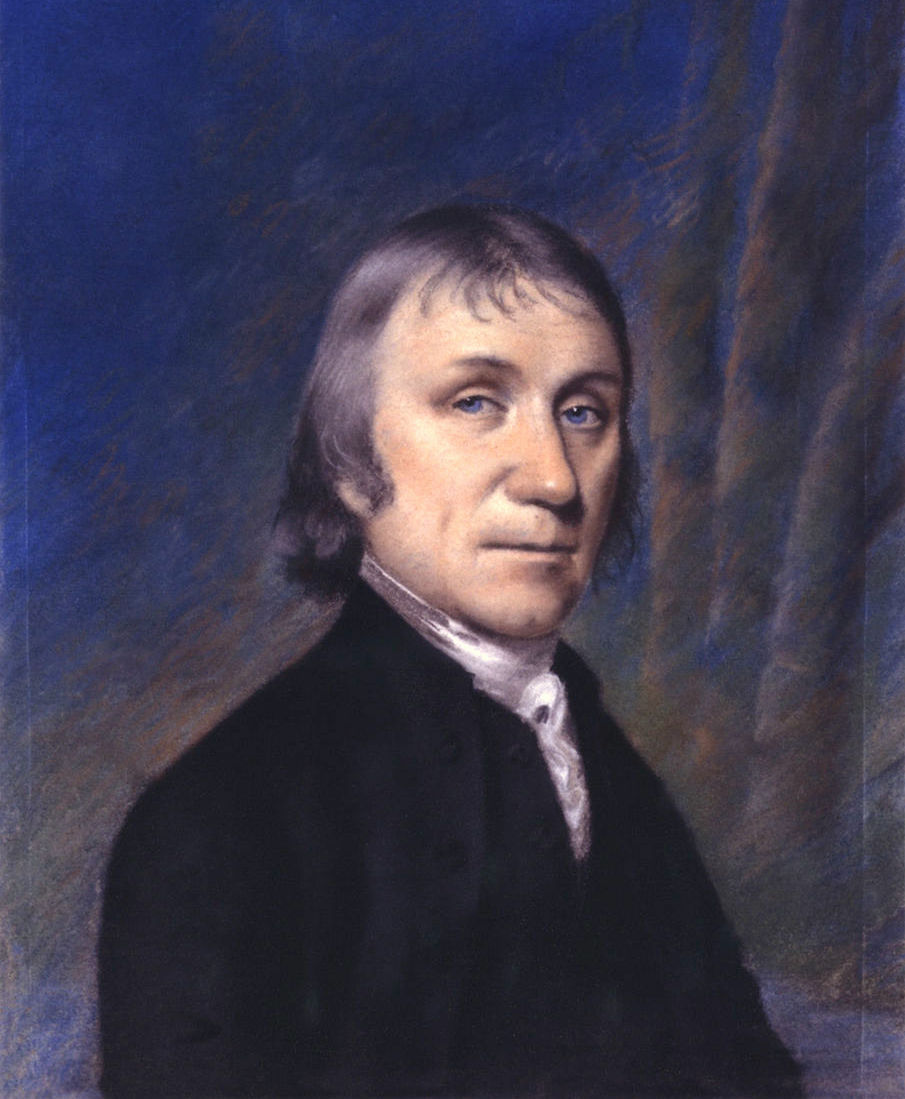To Priestley on:
[Wikipedia]
[Google]
[Amazon]
 "To Priestley" is a sonnet by
"To Priestley" is a sonnet by
 "To Priestley" is a sonnet by
"To Priestley" is a sonnet by Samuel Taylor Coleridge
Samuel Taylor Coleridge (; 21 October 177225 July 1834) was an English poet, literary critic, philosopher, and theologian who, with his friend William Wordsworth, was a founder of the Romantic Movement in England and a member of the Lake ...
first published in the 11 December 1794 ''Morning Chronicle
''The Morning Chronicle'' was a newspaper founded in 1769 in London. It was notable for having been the first steady employer of essayist William Hazlitt as a political reporter and the first steady employer of Charles Dickens as a journalist. It ...
''. Like most of the '' Sonnets on Eminent Characters'', "To Priestley" addresses an individual Coleridge particularly admired; Joseph Priestley
Joseph Priestley (; 24 March 1733 – 6 February 1804) was an English chemist, natural philosopher, separatist theologian, grammarian, multi-subject educator, and liberal political theorist. He published over 150 works, and conducted exp ...
held many political and theological beliefs that Coleridge adopted during this time.
Background
Coleridge completed "To Priestley" at the beginning of December 1794. Following "To Burke", "To Priestley was published in the 11 December 1794 ''Morning Chronicle'' as the third poem in the ''Sonnets on Eminent Characters'' series. The poem was later included in Coleridge's 1796 collection of poems and collections printed after with few changes. After a mob burned Priestley's Birmingham house during the summer of 1791, he left England for America.Mays 2001 pp. 157–158 The mob that drove Priestley away were motivated by Priestley's support of the French Revolution. Coleridge's own views were similar to Priestley's and even Priestley's ideas expressed in ''Experiments and Observations on Different Kinds of Air
''Experiments and Observations on Different Kinds of Air'' (1774–86) is a six-volume work published by 18th-century British polymath Joseph Priestley which reports a series of his experiments on "airs" or gases, most notably his discovery of ...
'' and '' Disquisitions relating to Matter and Spirit'' were discussed in part in Coleridge's poetry.Levere 1981 p. 9
Coleridge was also corresponding with Priestley at the time, to discuss Coleridge and Robert Southey's idea of Pantisocracy
Pantisocracy (from the Greek πᾶν and ἰσοκρατία meaning "equal or level government by/for all") was a utopian scheme devised in 1794 by, among others, the poets Samuel Taylor Coleridge and Robert Southey for an egalitarian community. ...
. During this time, Priestley's sons were working with Thomas Cooper to find an appropriate location for Coleridge to start up his community. In general, Coleridge viewed Priestley as both a spiritual and intellectual leader, and Coleridge's political life was to spread Priestley's views after Priestley left for America. However, Coleridge was to abandon Priestley's ideas about Unitarianism and religion a decade later as he turned to Anglicanism.
Poem
The original first line read "Tho' King-bred rage, with lawless uproar rude", the original seventh line read "Disdainful rouses from the Papal spell", and the original eleventh line read "That ground th' ensnared soul of patient Folly".Themes
Like many of the ''Sonnets on Eminent Characters'', "To Priestley" was dedicated to an individual that Coleridge viewed as one of his heroes. The imagery within the poem corresponds to the ideas in "To Burke" with an emphasis on Priestley being a defender of freedom and without flaws. The original line 1 of the poem described the royalty's role in the events leading up to the destruction of Priestley's home. The revised version describes John Reeves as the "dark Vizir" or, in the 1796 edition, describes Pitt. Coleridge's views on Priestley appear in many of his works, including ''Religious Musings'' written at the end of 1794. John Bowring, in an 1830 review for the ''Westminster Review'', emphasized how the poem served to represent a transitional stage in Coleridge's poetic career: "Happily he soon ascended into a purer region of fancy; and that not without leaving the print of his steps in the clay from which he sprung. The personifications in his Sonnet on the expatriation of Dr. Priestley, are as good as such things can be. The concluding reference to Priestley's philosophical discoveries, might suggest a noble group for the sculptor."Jackson 1996 qtd. p. 531Notes
References
* Ashton, Rosemary. ''The Life of Samuel Taylor Coleridge''. Oxford: Blackwell, 1997. * Barfoot, Cedric. ''"A natural delineation of human passions": The Historical Moment of Lyrical Ballads''. Amsterdam, Rodopi, 2004. * * Flynn, Christopher. ''Americans in British literature, 1770-1832''. Aldershot: Ashgate, 2008. * Jackson, James (ed). ''Samuel Taylor Coleridge: The Critical Heritage''. London: Routledge, 1996. * Levere, Trevor. ''Poetry Realized in Nature''. Cambridge: Cambridge University Press, 1981. * Mays, J. C. C. (editor). ''The Collected Works of Samuel Taylor Coleridge: Poetical Works Vol I.I''. Princeton: Princeton University Press, 2001. * Mays, J. C. C. (editor). ''The Collected Works of Samuel Taylor Coleridge: Poetical Works Vol II.I''. Princeton: Princeton University Press, 2001. {{Samuel Taylor Coleridge 1794 poems Sonnets on Eminent Characters British poems Works originally published in the Morning Chronicle